
Christian pilgrimage today: continuity and change
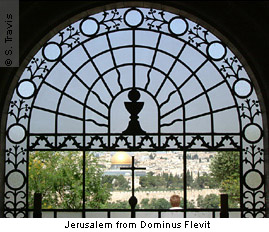
Following the Reformation, perspectives on pilgrimage to holy places underwent a radical change in a number of European countries, England included. Yet English people continued to travel - to Rome, to the Holy Land and other great Christian sites of significance, even though the emphasis was often more on cultural rather than spiritual experiences (see The Reformation Onwards). During the nineteenth century, however, a major shift occurred which opened the way for a rediscovery of Christian pilgrimage to holy places which has continued to develop to the present day.
The nineteenth century
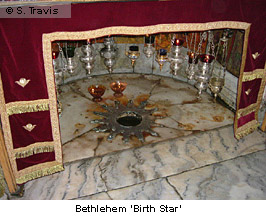
The nineteenth century witnessed a major resurgence of interest in the Middle East as archaeological discoveries in Egypt and elsewhere excited interest. Groups and individuals, including Herman Melville and Mark Twain, visited Palestine to study its history and experience the place for themselves. The future Edward VIII was sent by his father on a visit to the Holy Land in 1862, with the Dean of Westminster as his guide. In 1869 Thomas Cook, the father of modern tourism, led his first party to Jerusalem and by the end of the century he had enabled some twelve thousand people to make the journey. Cook's tours brought together once more the elements of adventure, instruction and devotion. During the same period there was also a resurgence of local pilgrimages in Britain as cathedrals began to attract visitors to sites which offered a blend of historical, cultural and spiritual experience.
The twentieth century
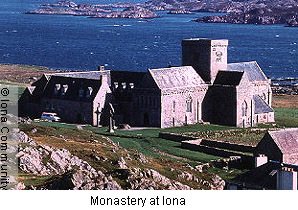
During the first half of the twentieth century Walsingham, Iona, Canterbury, and other key medieval pilgrimage sites once again began to attract significant numbers of pilgrims. In the 1920s some English cathedrals even revived the medieval custom of issuing pilgrim badges. Catholic pilgrimage continued - to Rome, Lourdes, Fatima and other Marian shrines - and in the decades following the Second World War, the rigid divisions between Catholic and Protestant spirituality began to relax. Christians of all denominations began to visit the Holy Land and other major pilgrimage sites overseas. Local pilgrimage in the British Isles continued to increase as ancient sites were restored and church leaders encouraged groups, small and large, to share the pilgrim experience.
There has also been a general revival in the perceived importance of 'place'. In pagan Roman and Greek religion certain places seem to have been recognised as possessing an inherent sacred quality. Jewish and Christian holy places, on the other hand, are usually associated with a person, either God himself or one of the saints. Often one of these approaches to the identification of 'special places' is, in practice, overlaid by the other. Both are still at work today in religious and secular thought. This can be seen, for example, in the English town of Glastonbury, to which legends about visits by Jesus and Joseph of Arimathea, stories of King Arthur, and tales of extra-terrestrial visits have all become attached. The sign at the entrance to this small town in the West of England announces its twin identities: Glastonbury and Ancient Isle of Avalon. Here those in pursuit of Celtic Christianity, pagan religion, Arthurian legends, and visiting aliens, map their competing discourses on to an identical landscape.
The twenty-first century
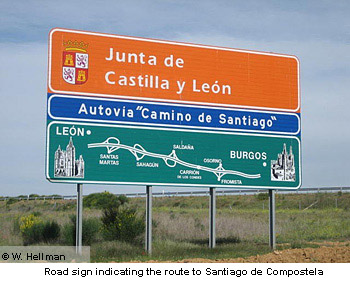
It is clear that 'holy places' are not only visited by Christians or even by those who subscribe to any formal belief system. Those who travel to traditional Christian sites such as the Holy Land, Glastonbury, Iona or Lindisfarne may well have no particular religious belief but instead may make such a journey because it offers 'time out', space for reflection, a chance for individuals to explore the world and their place within it. Though some travel on their own, many either belong to a group or become absorbed into a communal experience on the road or when they reach their destination. For those from countries where a sense of community has been radically eroded, such shared experiences can be profoundly moving.
Recent decades have witnessed an extraordinary revival of interest in the pilgrimage to Santiago de Compostela, now the focus of journeys, often made on foot, over weeks or months, by believers and non-believers alike. Are they, and the many who visit cathedrals, monasteries and other sites of religious significance for their artistic and historical interest, tourists or pilgrims - or the one in the process of becoming the other? A tourist may occupy the same space as a pilgrim, travel for relaxation and new experiences, and almost certainly bring home objects which recall those experiences. Analysis of individual accounts suggests that the crucial difference occurs when the observer becomes a participant and the experience of travel becomes infused with recognition of the need for change, whether this signifies healing for mind or body, inner peace or a new perspective on life. Many who begin as 'pilgrims', or unexpectedly find themselves becoming 'pilgrims' on the way, report that they return home changed in some significant way.
Conclusion
Even in mainly secular societies, the instinct to identify space as sacred and to invest particular places with significance can still be seen in responses to tragedy and bereavement. This was clearly demonstrated in the extraordinary scenes in Britain (and elsewhere) following the death of Diana, Princess of Wales in 1997, when hundreds of thousands of people sought out places associated with her, leaving offerings and prayers. On a smaller, but still noticeable scale, there has been a marked increase in the number of 'wayside shrines' which mark deaths through accident or violence.
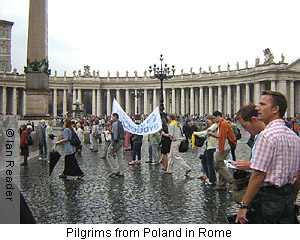
The pilgrim movement which grew so significantly within Christianity during the closing decades of the twentieth century shows no sign of faltering. The desire to set apart space as sacred and the instinct to link physical and inner journeying, seem as strong as ever. A medieval pilgrim returning to Jerusalem, Compostela, Rome or Canterbury would still see crowds filling the streets and perhaps gaining a new perspective on their everyday lives.
Though pilgrimage is now of limited significance within Judaism, it still flourishes within other major religions, such as Islam, Hinduism, Sikhism and Buddhism (see Cultures and Faiths Worldwide). A number of faiths continue to debate the value and validity of journeying to holy places and its role within a broader spirituality. What seems unquestionable is the enduring power of the concept of life as journey and the deep-rooted desire to invest places with special significance which characterises so many faiths and cultures.
Dee Dyas



